What Is Student Success in Higher Education? How Digital Marketing and CRM Tools Drive Achievement
HEM (Higher Education Marketing)
MAY 7, 2025
Reading Time: 10 minutes The way higher institutions define and acknowledge student success in higher education today is changing rapidly. This is why universities are looking beyond enrolment figures, they are now more focused on helping their students thrive academically, socially, and professionally. Try the HEM Student Portal!


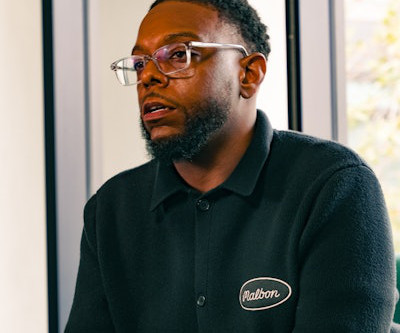


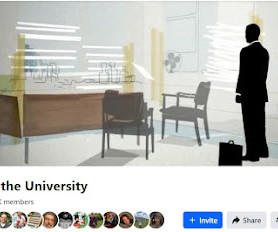


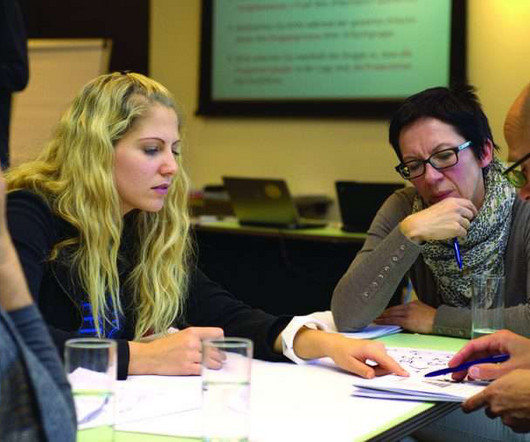
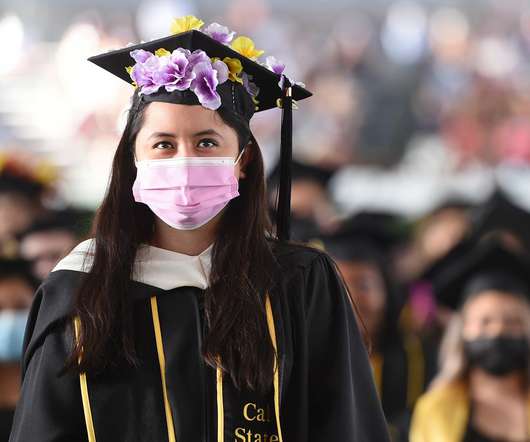

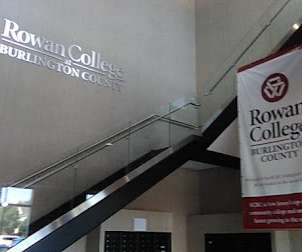

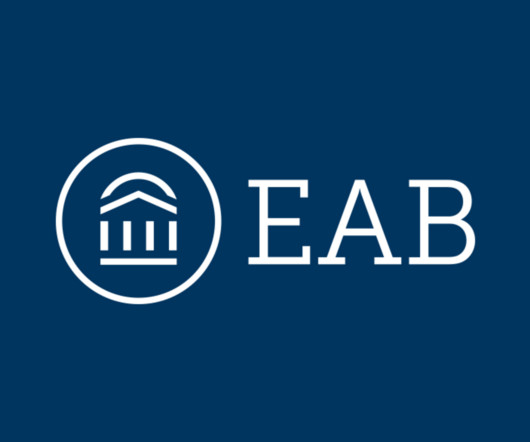

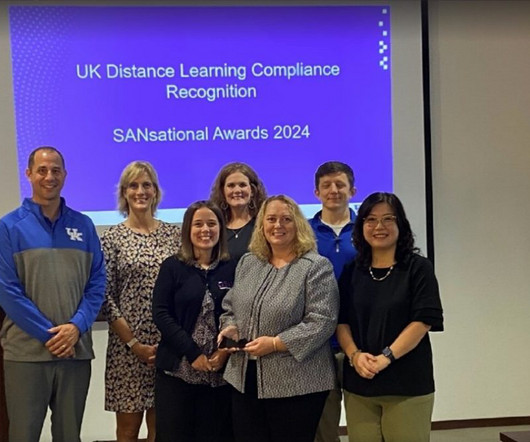






Let's personalize your content